

Articles
How To Store Broccoli In The Freezer
Modified: January 6, 2024
Learn how to store broccoli in the freezer with these helpful articles. Keep your broccoli fresh and delicious for longer periods of time.
(Many of the links in this article redirect to a specific reviewed product. Your purchase of these products through affiliate links helps to generate commission for Storables.com, at no extra cost. Learn more)
Introduction
Broccoli is a versatile and nutritious vegetable that can be enjoyed in many dishes, from stir-fries to soups. However, sometimes you find yourself with more broccoli than you can consume fresh. Freezing broccoli is a convenient way to preserve its freshness and extend its shelf life.
By following the proper techniques for storing broccoli in the freezer, you can ensure that it retains its flavor, texture, and nutritional value. In this article, we will guide you through the step-by-step process of storing broccoli in the freezer, from selecting the freshest broccoli to thawing and using it in your favorite recipes.
So, if you’re wondering how to store broccoli in the freezer and maintain its quality, keep reading to learn all the tips and tricks!
Key Takeaways:
- Freeze broccoli to extend its shelf life for up to a year, preserving its nutrients and convenience. Properly prepare, package, and store for optimal results.
- Thaw frozen broccoli in the refrigerator or using quick methods, then use in various recipes for a versatile and nutritious ingredient.
Read more: How To Store Broccoli In Freezer
Why Store Broccoli in the Freezer?
Freezing broccoli is a fantastic way to preserve its freshness and nutritional value for an extended period. Here are a few reasons why you should consider storing broccoli in the freezer:
- Extended Shelf Life: Fresh broccoli has a limited shelf life, but by freezing it, you can extend its lifespan for up to a year. This means you can enjoy this nutrient-packed vegetable even when it’s out of season or when you have an excess amount.
- Nutritional Value: Broccoli is known for its high nutritional content, including vitamins C, K, and A, as well as fiber and antioxidants. Freezing broccoli helps retain these valuable nutrients, ensuring that you’re still getting the health benefits when you use it later.
- Convenience and Versatility: Having frozen broccoli on hand allows you to easily incorporate it into various dishes. From adding it to stir-fries, soups, and casseroles to using it in smoothies, frozen broccoli proves to be a convenient ingredient for healthy meals.
- Cost Savings: Buying fresh broccoli in bulk when it’s in season and freezing it can be a cost-effective way to enjoy this nutritious vegetable throughout the year. It allows you to take advantage of seasonal discounts and helps reduce food waste.
- Meal Planning: By storing broccoli in the freezer, you can plan ahead for meals. You can portion out the frozen broccoli according to your needs, making it easier to prepare meals quickly and efficiently.
With these benefits in mind, it’s clear why storing broccoli in the freezer is an excellent option for preserving its quality and enjoying its nutritional benefits over a more extended period.
Selecting Fresh Broccoli for Freezing
When it comes to freezing broccoli, selecting fresh and high-quality produce is crucial to ensure the best results. Here are some tips for choosing the right broccoli for freezing:
- Look for vibrant green color: Fresh broccoli should have a vibrant green color, indicating its freshness. Avoid broccoli with any yellowing or brown spots, as these are signs of spoilage.
- Firm, tightly packed florets: The florets of the broccoli head should be tightly packed and firm to the touch. Avoid broccoli with wilted or soft florets, as this may indicate that it’s past its prime.
- Sturdy stalks: Check the stalks of the broccoli to ensure they are firm and not woody or bendy. Fresh broccoli should have thick and sturdy stalks that are crisp when bitten into.
- Check for pests or damage: Inspect the broccoli for any signs of pests or damage, such as holes or blemishes. Choosing broccoli free from these issues ensures that it will freeze well and stay fresh during storage.
- Opt for organic: If possible, choose organic broccoli to minimize exposure to pesticides and chemicals. Organic broccoli is grown without synthetic fertilizers or pesticides, making it a healthier choice.
Remember, the quality of the broccoli you choose for freezing will greatly impact the final results. So, take your time to select fresh, high-quality broccoli to ensure the best flavor and texture when you use it later.
Preparing Broccoli for Freezing
Before you freeze broccoli, it’s important to properly prepare it to maintain its quality and ensure optimal freezing results. Here’s a step-by-step guide on how to prepare broccoli for freezing:
- Wash the broccoli: Start by rinsing the broccoli under cool running water. Gently rub the florets and stalks to remove any dirt or debris.
- Trim the florets: Use a sharp knife to separate the florets from the main stalk. Cut the florets into bite-sized pieces, ensuring they are relatively uniform in size. This helps with even cooking and thawing later on.
- Trim and slice the stalks (optional): If you prefer to freeze the stalks as well, trim off any tough ends and slice them into smaller pieces. The stalks are edible and can be used in various recipes.
- Peel the stalks (optional): If the broccoli stalks are thick and fibrous, you may want to peel them to remove the tough outer layer. This can help improve the texture when cooked.
- Blanch the broccoli (optional, but recommended): Blanching broccoli before freezing helps preserve its color, flavor, and texture. To blanch, bring a large pot of water to a rolling boil and add the broccoli. Boil for 2-3 minutes, then immediately transfer it to an ice bath to stop the cooking process.
- Drain and dry: Drain the blanched broccoli well and pat it dry using a clean kitchen towel or paper towels. Removing excess moisture helps prevent ice crystals from forming during freezing.
Once you’ve prepared the broccoli for freezing, it’s time to move on to the next steps, such as packaging and storing. Properly preparing the broccoli ensures that it freezes well and maintains its quality during the freezing and thawing process.
Blanching Broccoli
Blanching broccoli is an optional but highly recommended step before freezing. Blanching involves briefly cooking the broccoli in boiling water and then immediately cooling it down in an ice bath. This process helps to preserve the color, flavor, and texture of the broccoli. Here’s how to blanch broccoli:
- Prepare a pot of boiling water: Fill a large pot with water and bring it to a rolling boil. Make sure the pot is big enough to accommodate the broccoli without overcrowding.
- Add salt (optional): You can add a teaspoon of salt to the boiling water, although this step is optional. The salt enhances the flavor of the broccoli.
- Prepare an ice bath: While the water is boiling, fill a large bowl with ice and water. This will be used to quickly cool down the broccoli after blanching.
- Blanch the broccoli: Carefully place the prepared broccoli into the boiling water. Let it cook for approximately 2-3 minutes for florets and 4-5 minutes for stalks. The exact cooking time may vary depending on the size of the pieces.
- Time it properly: To ensure that the broccoli is blanched evenly, time it from the moment the water returns to a boil after adding the broccoli.
- Transfer to the ice bath: Using a slotted spoon or tongs, remove the blanched broccoli from the boiling water and immediately immerse it in the ice bath. This stops the cooking process and helps retain the vibrant color and crispness of the vegetable.
- Let it cool: Allow the broccoli to cool completely in the ice bath, usually for about the same amount of time it was blanched.
- Drain and dry: Once cooled, remove the broccoli from the ice bath and drain it well. Pat it dry using a clean kitchen towel or paper towels to remove excess moisture before packaging.
Blanching broccoli before freezing not only helps maintain its quality but also preserves its vibrant green color. This extra step ensures that your frozen broccoli will retain its flavor and texture, making it a worthwhile process for optimal results.
Read more: How To Store Broccoli
Cooling and Draining Broccoli
After blanching the broccoli, it is important to properly cool and drain it before packaging it for freezing. This step helps remove excess moisture and prevents the formation of ice crystals, ensuring the best quality when you thaw and use the frozen broccoli. Here’s how to cool and drain your blanched broccoli:
- Transfer to a colander: Carefully lift the blanched broccoli out of the ice bath using a slotted spoon or tongs. Transfer it to a colander placed in the sink.
- Rinse with cold water (optional): If you prefer, you can give the broccoli a quick rinse with cold water. This helps remove any residual ice and keeps the temperature low during draining.
- Allow to drain: Let the blanched broccoli sit in the colander for a few minutes to drain excess water. Gently shake the colander to remove any remaining water droplets.
- Pat dry (optional): If desired, you can pat the broccoli dry using a clean kitchen towel or paper towels. This step helps remove any remaining moisture and minimizes the chances of ice crystals forming during freezing.
- Air-dry (optional): Alternatively, you can allow the broccoli to air-dry for a short period. Simply leave it in the colander or spread it out on a clean, absorbent kitchen towel for a few minutes.
- Ensure complete dryness: Whether you choose to pat dry or air-dry the broccoli, make sure it is completely dry before proceeding to the next step of packaging it for freezing. Any moisture left on the broccoli can compromise its texture and quality in the freezer.
Cooling and draining the blanched broccoli is crucial to remove excess moisture. This step helps prevent the formation of ice crystals, which can lead to poor texture and flavor when the broccoli is thawed. Take the time to properly cool and drain the broccoli to ensure the highest quality when you freeze it.
Blanch the broccoli in boiling water for 3 minutes, then transfer to an ice bath to stop the cooking process. Once cooled, pat dry and store in airtight containers or freezer bags in the freezer for up to 12 months.
Packaging Broccoli for Freezing
After blanching, cooling, and draining the broccoli, it’s time to package it properly for freezing. Proper packaging is essential to maintain the quality and prevent freezer burn. Here are some guidelines for packaging broccoli for freezing:
- Choose freezer-safe containers: Select containers specifically designed for freezing, such as freezer bags or airtight containers. These help prevent air and moisture from reaching the broccoli, preserving its texture and flavor.
- Label the containers: Before filling the containers, be sure to label them with the date of freezing. This will help you keep track of the freshness and ensure you use the oldest broccoli first.
- Portion the broccoli: Divide the blanched and drained broccoli into portion sizes that suit your needs. Consider the amount you would normally use in a single meal to minimize waste. Place the portioned broccoli into separate containers or freezer bags.
- Remove excess air: If using freezer bags, gently press out any excess air before sealing them. This helps prevent freezer burn and keeps the broccoli fresh for longer.
- Seal the containers tightly: Make sure the containers are securely sealed to prevent any air or moisture from entering. If using freezer bags, ensure they are sealed tightly and lay them flat to save space in the freezer.
- Consider vacuum sealing (optional): For even better protection against freezer burn, you may want to consider vacuum-sealing the broccoli. Vacuum-sealed bags remove air more effectively, providing an airtight barrier around the broccoli.
- Freeze in a single layer (optional): If you have space in your freezer, you can lay the bags or containers in a single layer initially. Once they are fully frozen, you can stack them to save space. This prevents the broccoli from freezing together in a clump.
- Store immediately in the freezer: Place the sealed containers of broccoli in the freezer as soon as possible after packaging. The faster you freeze them, the better the quality will be maintained.
By following these packaging guidelines, you can ensure that the broccoli is well-protected, allowing it to maintain its flavor and texture during freezing. Properly packaged broccoli will stay fresh and delicious for an extended period in the freezer.
Proper Storage of Frozen Broccoli
Once your broccoli is packaged and frozen, it’s important to store it properly to maintain its quality over time. Follow these guidelines for the proper storage of frozen broccoli:
- Keep it in the freezer: Store the frozen broccoli inside a freezer compartment or a standalone freezer. The temperature should be set at or below 0°F (-18°C) to ensure that the broccoli remains frozen.
- Choose a suitable storage container: If you used freezer bags for packaging, you can leave the broccoli in the bags. If you used airtight containers, make sure they are tightly sealed to prevent air and moisture from reaching the broccoli.
- Organize and label: Arrange the containers or bags in a way that makes it easy to identify and access the oldest broccoli first. Label each container or bag with the date of freezing for reference.
- Prevent temperature fluctuations: Avoid frequent opening of the freezer door as it can cause temperature fluctuations. Fluctuations can lead to the formation of ice crystals and affect the quality of the broccoli.
- Do not overcrowd the freezer: Leave sufficient space around the containers or bags of broccoli to allow for proper airflow. Crowding the freezer can impede the freezing process and result in uneven freezing.
- Use within recommended time: While frozen broccoli can remain safe to consume indefinitely, for the best quality, it is recommended to use it within 8-12 months. Over time, the texture and taste may gradually deteriorate, so it’s best to use the oldest frozen broccoli first.
By following these storage guidelines, you’ll be able to maintain the quality of your frozen broccoli for an extended period. Proper storage helps retain the flavor, texture, and nutritional value, allowing you to enjoy delicious and nutritious broccoli year-round.
Tips and Tricks for Freezing Broccoli
Freezing broccoli is a simple process, but it can be made even more successful with a few tips and tricks. Here are some helpful suggestions to ensure the best results when freezing broccoli:
- Choose the freshest broccoli: Select fresh, high-quality broccoli with vibrant green color and firm florets for optimal flavor and texture after freezing.
- Blanch for better results: Although optional, blanching the broccoli before freezing helps preserve its color, flavor, and texture. It is highly recommended for the best overall results.
- Properly cool and drain the broccoli: Make sure to fully cool the blanched broccoli in an ice bath and drain it well before packaging it for freezing. Excess moisture can lead to the formation of ice crystals and diminish the quality.
- Portion out the broccoli: Divide the blanched and drained broccoli into portion sizes that suit your needs. This makes it easier to thaw and use only the amount required for a particular recipe, minimizing waste.
- Consider vacuum sealing: If you have a vacuum sealer, use it to remove as much air as possible from the packaging. Vacuum sealing helps prevent freezer burn and extends the shelf life of the frozen broccoli.
- Flash freezing for better durability: Before packaging the broccoli, spread it out on a baking sheet in a single layer and place it in the freezer for an hour or so. This process, known as flash freezing, helps prevent the pieces from sticking together and allows for easier portioning later on.
- Label and date: Always label each container or package with the date of freezing. This helps you keep track of the freshness and ensures you use the oldest broccoli first.
- Use airtight containers or freezer bags: Choose containers or bags specifically designed for freezing to maintain the best quality. Ensure they are sealed tightly to prevent air and moisture from reaching the broccoli.
- Store in proper freezer conditions: Maintain a temperature of 0°F (-18°C) or below in your freezer to keep the broccoli properly frozen. Avoid frequent temperature fluctuations by minimizing door openings.
- Utilize frozen broccoli in various recipes: Frozen broccoli can be used in a wide range of dishes, including stir-fries, soups, casseroles, and smoothies. Experiment with different recipes to enjoy the versatility of this frozen vegetable.
By following these tips and tricks, you can ensure the best quality and extend the shelf life of your frozen broccoli. With proper preparation and storage, your frozen broccoli will be ready to use whenever you need it.
Read more: How To Store Broccoli In The Refrigerator
Thawing and Using Frozen Broccoli
When it comes time to use your frozen broccoli, it’s important to properly thaw it to preserve its texture and flavor. Here’s a step-by-step guide on how to thaw and use frozen broccoli:
- Thaw in the refrigerator: The best method to thaw frozen broccoli is to transfer it from the freezer to the refrigerator. Place the sealed container or bag in the refrigerator and allow it to thaw overnight or for several hours.
- Quick thawing methods: If you need to thaw the broccoli more quickly, you have a couple of other options. You can submerge the sealed bag or container in cold water for a few hours, changing the water every 30 minutes. Alternatively, you can use the defrost setting on your microwave, but be cautious to use the lowest power level and check frequently to avoid overcooking.
- Drain excess water: After thawing, drain off any excess water that may have accumulated. This step is particularly important if you used the microwave or water to quick thaw the broccoli.
- Use in recipes: Once thawed and drained, you can use the broccoli in your preferred recipes. Frozen broccoli works well in stir-fries, soups, casseroles, stews, pasta dishes, and more.
- Adjust cooking times: Keep in mind that frozen broccoli may cook more quickly than fresh broccoli. Adjust the cooking times accordingly to prevent overcooking and maintain the desired texture.
- Combine with other ingredients: Frozen broccoli can be combined with other ingredients directly in a recipe. It can also be steamed or sautéed before incorporating it into a dish to enhance its flavor and texture.
- Store leftovers: If you have any leftover thawed broccoli, store it in an airtight container in the refrigerator and use it within a few days. Avoid re-freezing previously thawed broccoli, as it can result in loss of quality.
Thawing frozen broccoli properly ensures that it maintains its taste, texture, and nutritional value. By following these steps, you can incorporate the thawed broccoli seamlessly into your favorite recipes and enjoy its freshness and versatility.
Conclusion
Freezing broccoli is an excellent way to preserve its freshness, flavor, and nutritional value for an extended period. By following the proper techniques for storing broccoli in the freezer, you can ensure that it remains delicious and ready to use whenever you need it.
From selecting the freshest broccoli to blanching, packaging, and storing it correctly, each step plays a vital role in maintaining the quality of the frozen broccoli. Taking the time to properly prepare and package the broccoli ensures that it freezes well and stays fresh in the freezer.
When the time comes to use the frozen broccoli, make sure to thaw it properly. Whether you opt for slow thawing in the refrigerator or use quicker methods like cold water or the microwave, ensure that the broccoli is fully thawed before incorporating it into your recipes.
Remember, frozen broccoli is a versatile ingredient that can be used in a variety of dishes, such as stir-fries, soups, casseroles, and more. Its convenience and long shelf life make it a valuable staple in any kitchen.
By following the tips and tricks provided in this article, you can enjoy the benefits of frozen broccoli throughout the year. Not only does freezing broccoli help reduce food waste, but it also allows you to enjoy the nutritional benefits of this superfood even when it’s out of season.
So, the next time you find yourself with an abundance of broccoli, don’t hesitate to freeze it for later use. With proper storage and thawing, you can enjoy the goodness of fresh-tasting broccoli all year round!
Frequently Asked Questions about How To Store Broccoli In The Freezer
Was this page helpful?
At Storables.com, we guarantee accurate and reliable information. Our content, validated by Expert Board Contributors, is crafted following stringent Editorial Policies. We're committed to providing you with well-researched, expert-backed insights for all your informational needs.



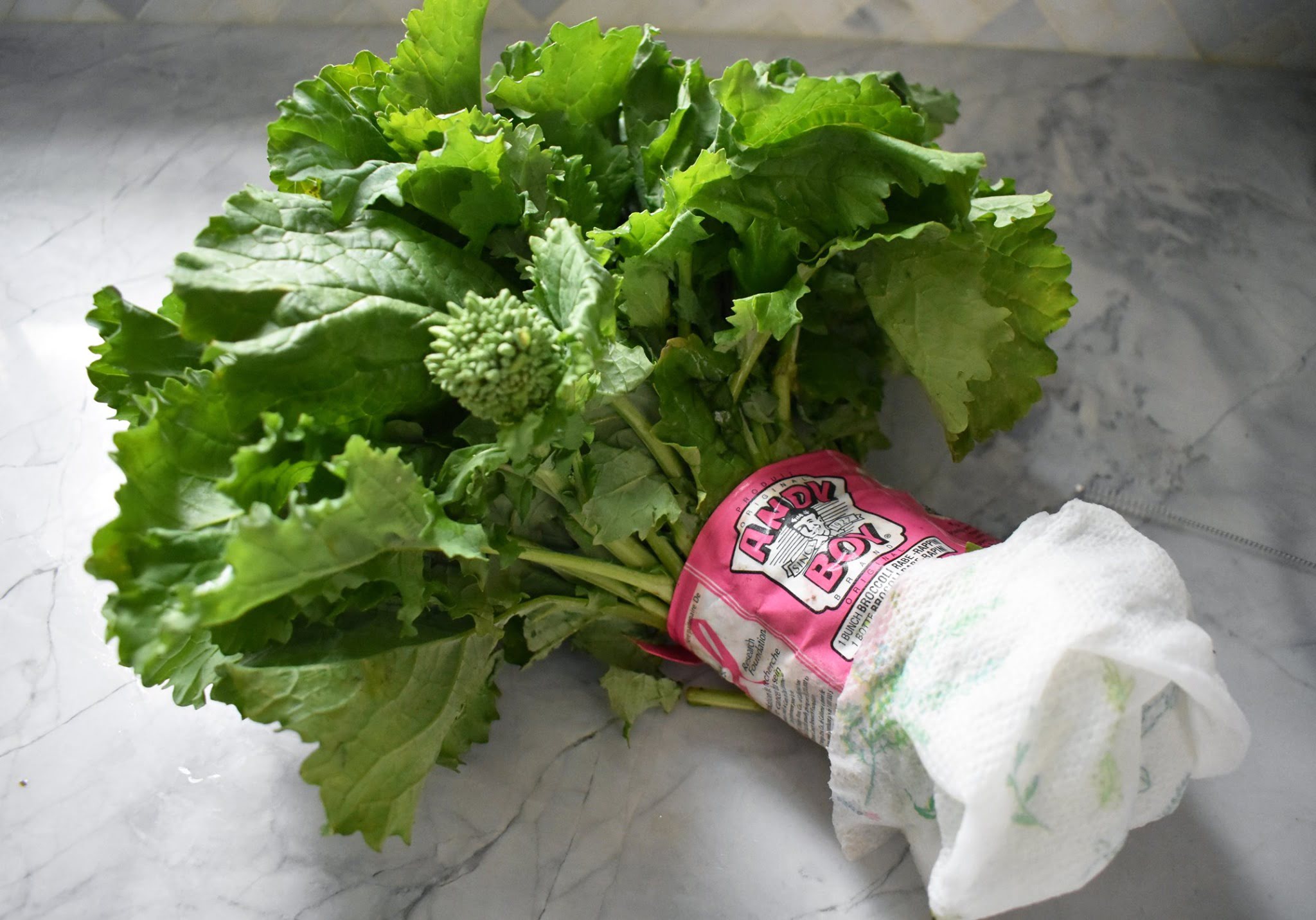
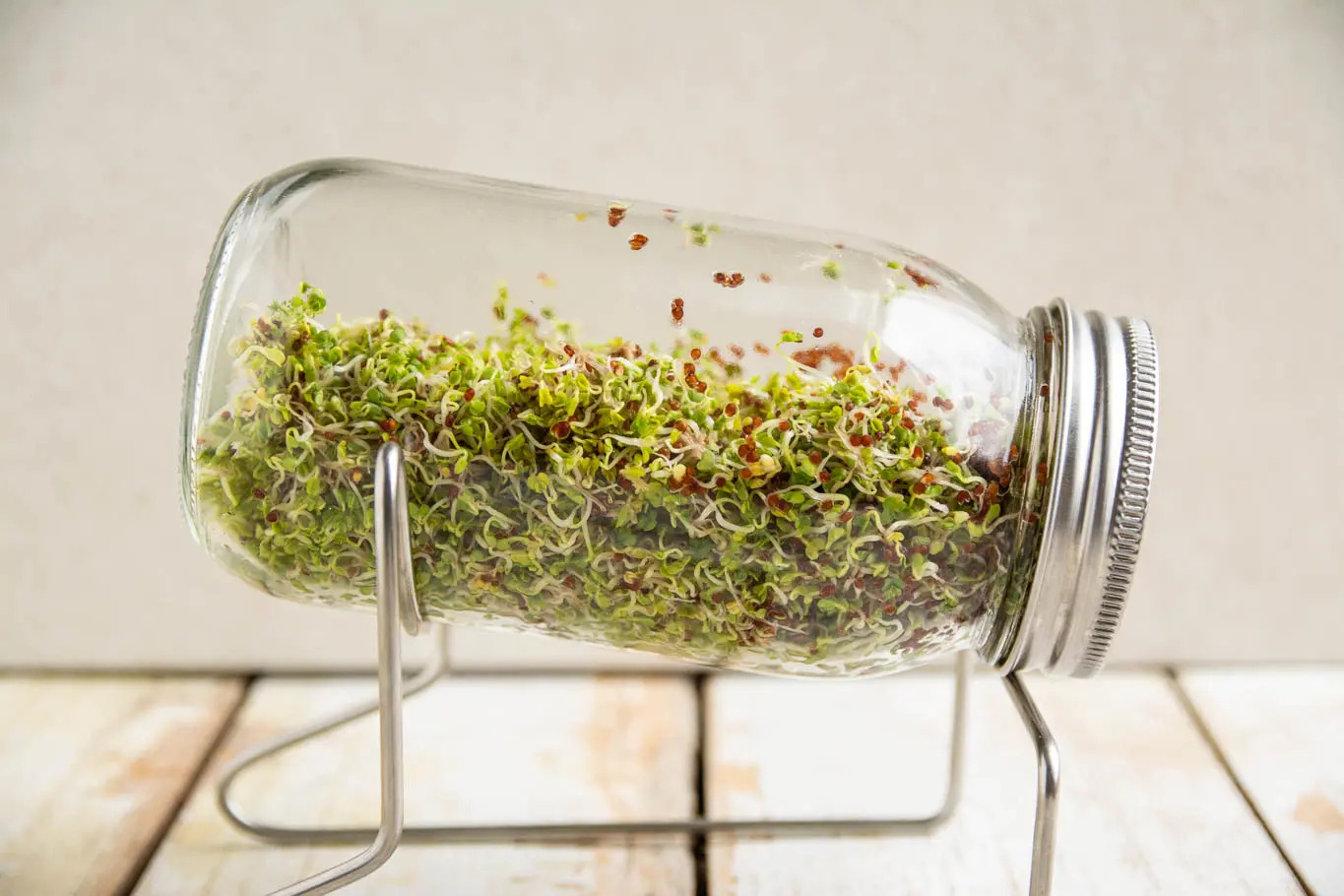




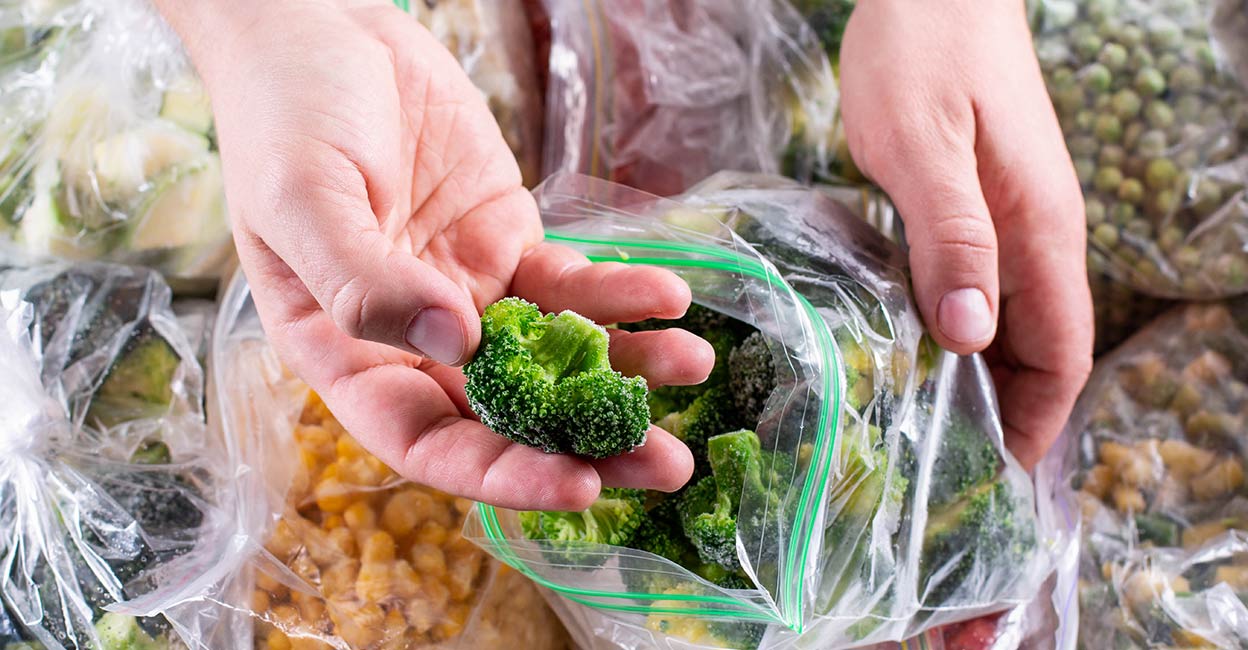

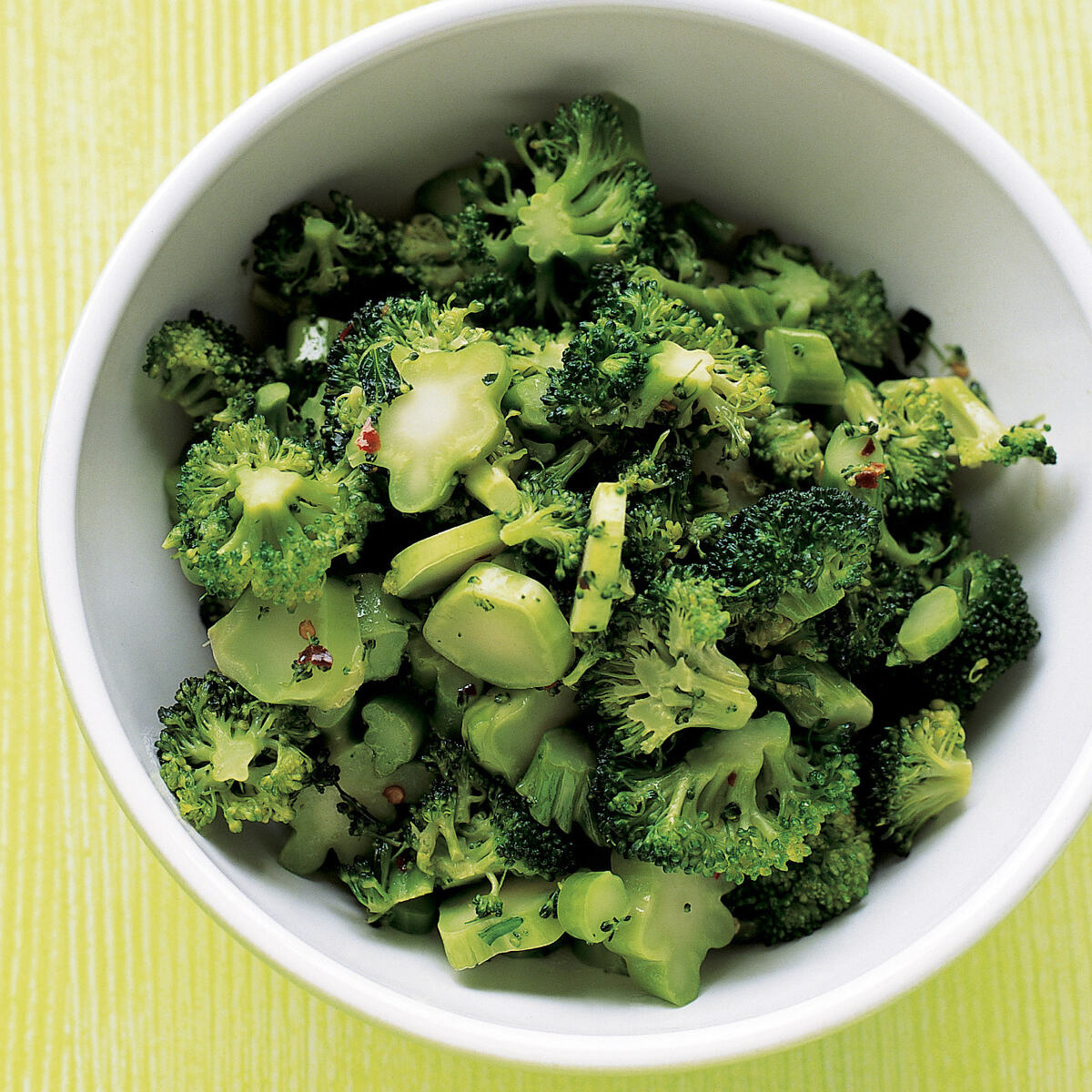
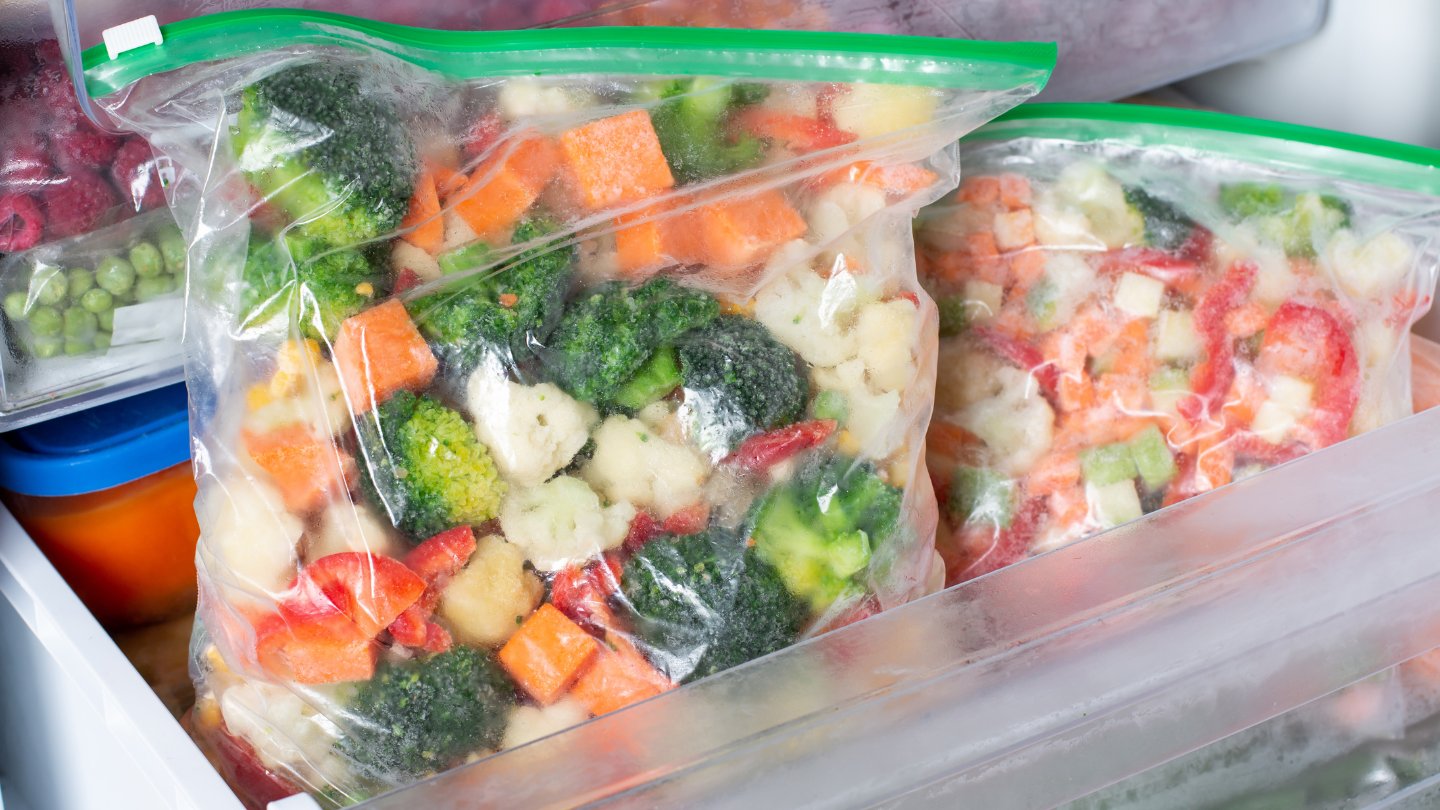

0 thoughts on “How To Store Broccoli In The Freezer”